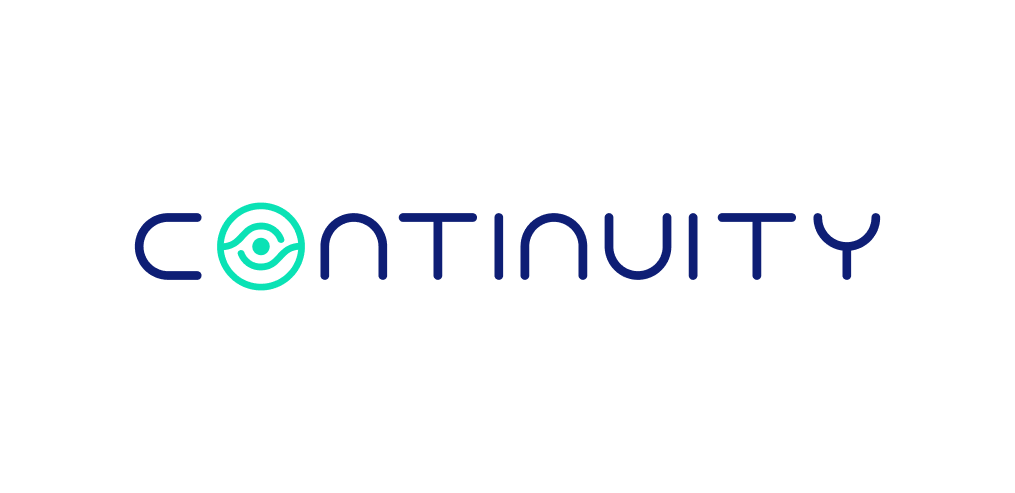
Chaos or Control? Take Charge and Manage the Resilience of Your Mushrooming Cloud Environments
About Continuity™
Continuity™ provides the industry’s ONLY storage & backup security solution, to help you protect your most valuable data.
You may not know where you’ll be in 5 years, but as far as your IT environment is concerned, by 2023 it will have grown into a mix of multiple public clouds, private clouds and traditional (physical) datacenters. That really is a lot to manage and control.
Source: VMware, “Balancing Freedom and Control: Evolution of the Cloud – 2006-2030,” October 2016.
Just a decade or so ago, almost 100% of an enterprise’s IT environment was managed on traditional, physical equipment, working off self-built infrastructure and platforms that were maintained manually. In the years since, organizations have discovered the lure of hosted cloud services – having infrastructure (IaaS), platforms (PaaS) and software (SaaS) hosted off-site. That’s a lot of work, time and money enterprises save by doing so.
The shift in IT environments’ home base is so pronounced that nearly 60% of enterprises have a dedicated IT team for the cloud and 61% of IT architects see themselves as cloud architects.[1] Their role is to decide on which applications and processes to move to the cloud and to evaluate which cloud providers to use, keeping an eye on costs, security, resilience and innovation, among other things.
Already, enterprises use an average of close to five cloud providers and 81% of enterprises currently have a multi-cloud strategy.[2] What we now define as a hybrid environment – on-premises, public and private clouds – will take on new meaning and refer to managing an environment across numerous clouds.[3] According to a VMware report, this evolution in approach to IT environments, “leads to a complex, patchwork IT environment that is in some ways highly responsive to business needs, but creates challenges related to managing multiple vendors, monitoring application performance, and enforcing consistent security and compliance policies.” They so aptly describe it as “a world where IT owns nothing but is responsible for everything.”[4]
Given that at this point in time, close to 100% of enterprises experience occasional service unavailability, technical failures, unrecoverable data and malicious attacks,[5] what can we expect for the IT universe into which enterprises are moving? The huge question is how can enterprises assure the resilience of an environment that is structured in a “complex, patchwork” manner?
Looking at clouds from all sides now
When we try to figure out how to successfully cope with the goal of resilience in this complex cloud world, constructed of many different pieces, it’s clear that having a holistic, big-picture view is vital and taking overall control of the hybrid multi-cloud environment is critical.
While each cloud environment includes basic tools to manage resilience, security, costs and performance, they are offered at the most basic levels, sort of like the travel insurance offered by your credit card company. Enterprise customers are expected to bring in robust solutions that can handle the complex level of resilience, needed to run mission-critical workloads on the public cloud. If the challenges of successfully managing resilience, goals are formidable in a single cloud environment, think about orchestrating such management for multiple clouds and for a hybrid environment. What’s needed is an approach that assures resilience throughout all of an enterprise’s environments – in other words, a holistic approach.
The challenges of managing the resilience of an app running on several cloud providers is just one example – it requires understanding the level of resilience of each cloud environment, end-to-end SLA of your production application, and the ability to pinpoint an issue and link it to the relevant business entity.
When structuring and planning your resilience strategy, proceed with the knowledge that degradation of services in one of your cloud providers is inevitable and will occur from time to time. But, this should not be allowed to affect your application resilience and end-to-end uptime. Look for automation tools to scan and analyze your end-to-end environment configuration on an ongoing basis and after every change.
Summary
On your journey to 2023 and a multi-cloud hybrid environment, you’re trying to optimize costs, scale as needed and take advantage of each provider’s cutting-edge technologies. Enterprises able to do all that reliably and glitch-free are those that will have invested in a comprehensive and holistic resilience strategy.
[1] RightScale, “2018 State of the Cloud Report,” January 2018.
[2] Ibid.
[3] VMware, “Balancing Freedom and Control: Evolution of the Cloud – 2006-2030,” October 2016.
[4] Ibid.
Talk To An Expert
It’s time to automate the secure configuration of your storage & backup systems.
